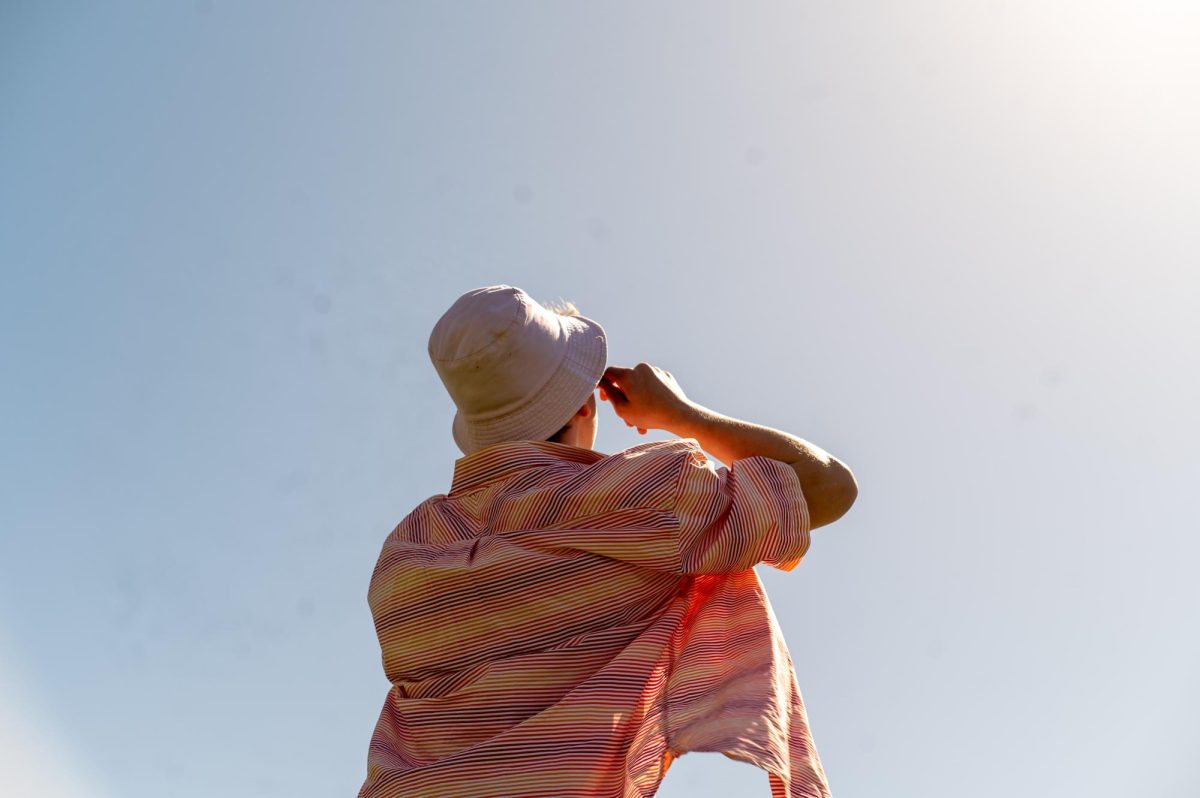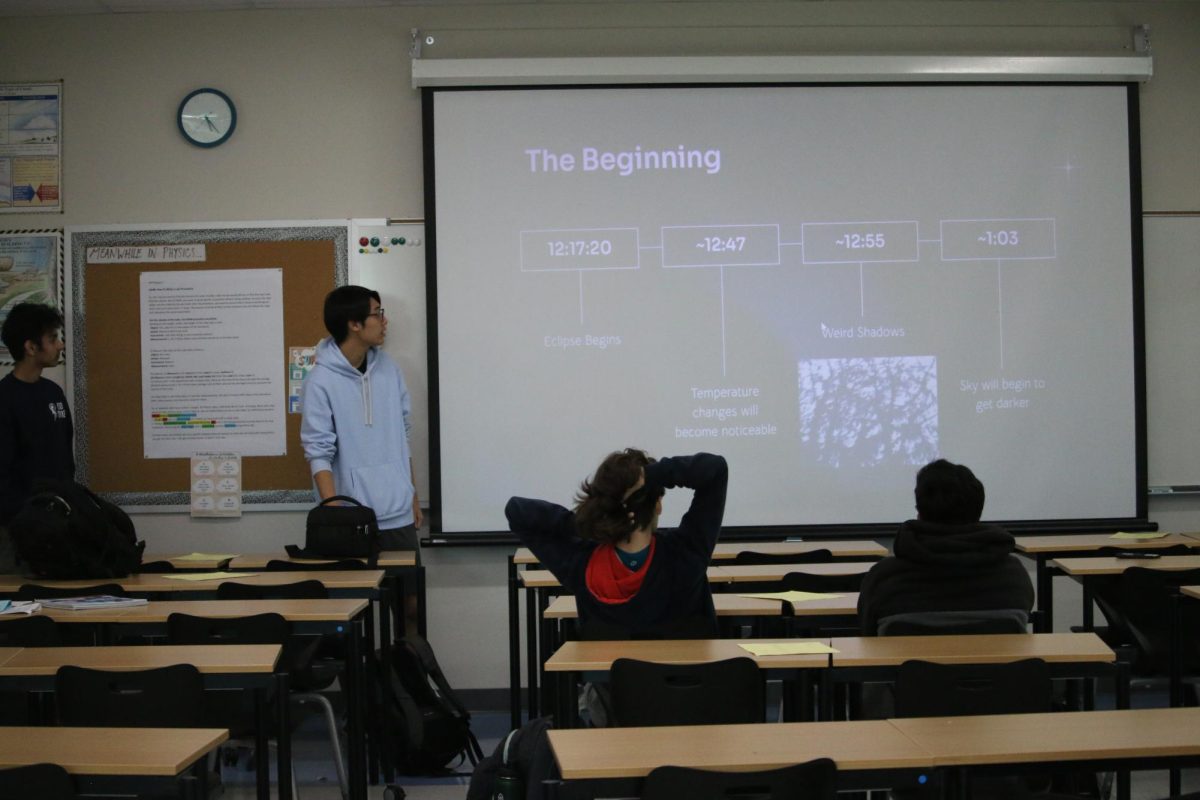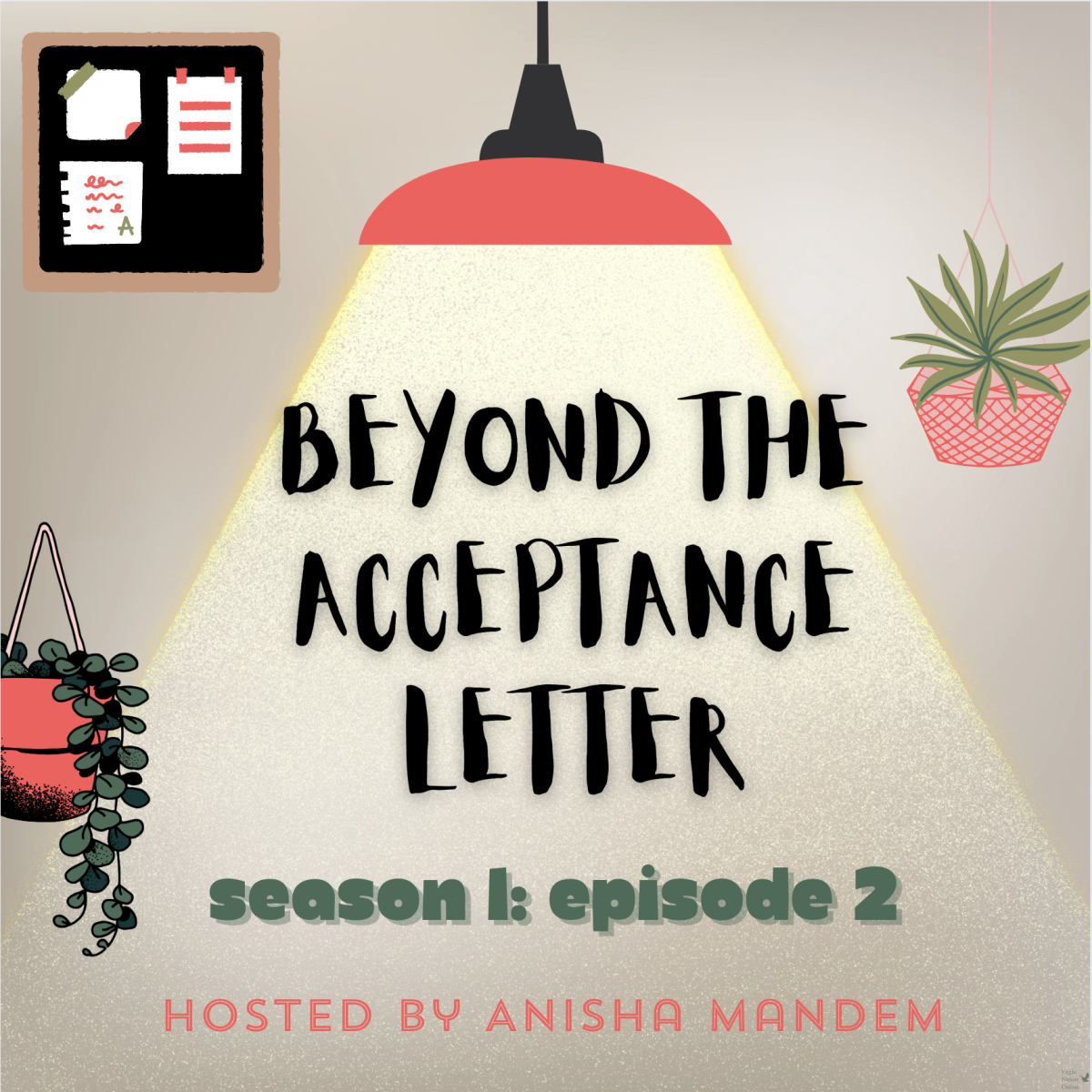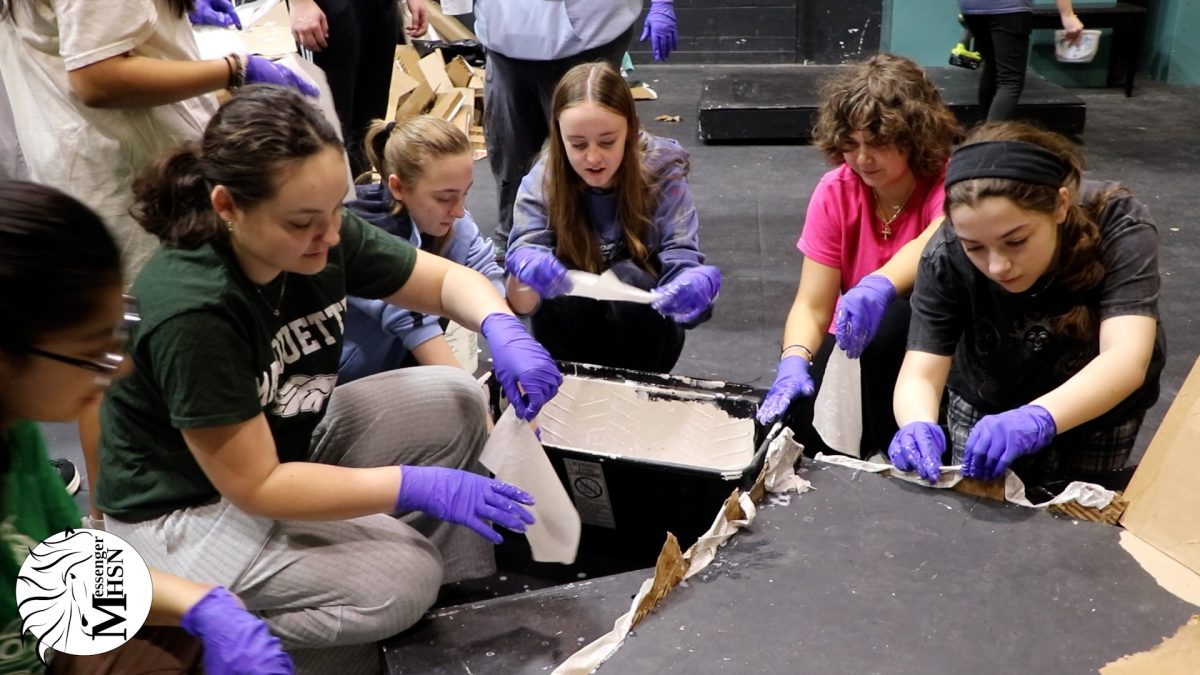Your inbox tab runs a tally of all your unread emails. Zoom merrily chimes every time a participant is let in from the waiting room. YouTube takes advantage of an extensive algorithm to keep you falling down the Internet “rabbit hole” we all know too well. Software is engineered to fuel our addiction and in a world where our classes, friends and information are all online, it becomes virtually impossible to escape. Virtual school and virtual campus deepen our reliance on technology; instead of using this as an excuse to run back to school, however, we should be making more mindful choices about how we spend our time outside of school.
Most of us are already mildly addicted to our screens. Every aspect of technology that is trying to make money tries to take advantage of dopamine release, the key to establishing addictive behaviors. Engineers design technology features to intentionally take advantage of our reward pathways, fueling addiction. Each time these pathways of neurons fire and we are rewarded with dopamine for a behavior, it makes the next reward even more intense, which makes you want to repeat the behavior to gain more reward. The motivation checks out: the more engagement, the more profit social media and technology companies make through advertisements and constantly selling newer, faster devices.
There are two main aspects of our humanity that technology takes advantage of to trigger reward pathways. The first is our inherent need for social stimulus. Apps like Instagram and Snapchat have provided a world of digital interaction where every time you hear the buzz that accompanies a snap or a post notification, you satisfy this craving for social stimulation and get a small rush of dopamine. We are essentially being clicker trained to expect something good every time our devices buzz or ding. Despite becoming increasingly necessary for school-related communication, Zoom, emails and Google Chat are based on the same technology. Since there is no way to get around using these platforms, however, we must be more conscious of the time we spend strengthening our addictions outside of school.
The second aspect of humanity exploited by software engineers is our propensity for curiosity-driven exploration. The entire internet is at our hands to satisfy our inherent thirst for knowledge, and when this thirst is satiated, our brain rewards us with dopamine. Algorithmic suggestions and artificial intelligence have made this even easier, because these softwares satisfy your curiosity and show you what you want to see without you having to think up a search term and find it yourself. Think about scrolling through YouTube: the app automatically suggests videos it knows we will like in quick suggestion, easily igniting our curiosity through thumbnails and titles and locking in our attention for the next few hours.
These engineered triggers foster a subconscious, compulsive desire to engage more with technology by stimulating our emotions and can affect our physical, mental and emotional health. The embedded Adobe Spark presentation below has more information on studies conducted on some of these effects.
Every day, we log onto our Chromebooks and unlock our phones and let ourselves fall for these triggers. We can’t stop the small burst of endorphins when Quizlet showers dancing emojis to celebrate getting a question right. It feels powerless; it feels like we’re caged in and there’s no easy solution–save going back to school in-person completely. However, this option is dangerous given the current situation. The only thing we can do is to minimize our screen time wherever we can.
We often reach first for our phones after school as a reward after a long day of e-learning, but it is unnecessary and only strengthens our addiction. Breaking addiction is like strengthening a muscle. The more we work out, the easier it gets, and the bigger the challenges we can take on.
You can strengthen your efforts to stay away from screens by setting screen-free zones like your bedroom or even just your bed, creating time limits on your phone that encourage you to keep your phone down and check it less often. Make use of the five minute breaks between classes to close your eyes or stretch or just lay on your floor. Take 30 second eye breaks during class simply by closing your eyes. Go outside. Read a book. Play sports. Do some yoga. Listen to music. Take a nap. Do something that brings you joy.
Time is so valuable and so is how we choose to spend it. How we spend our time each day builds up over days, weeks, months and years to eventually become a lifestyle. In this virtual world, we often have no choice but to be on a screen all day. But by falling for the hardwired hooks that keep us engaged online even after the Zoom-school day is over, life can take an even greater nosedive. In the end, it all comes down to finding a balance between the real world and the virtual one.
For more information, check out our presentation and sources below:
Adobe Spark Sources (secondary sources within each category in parentheses): Physical health; Nutrition (metabolic syndrome definition); Mental health (social media and mental health specifically); Rest; Focus and concentration (Aric Sigman interview)
This story was originally published on Pathfinder on January 19, 2021.




























![IN THE SPOTLIGHT: Junior Zalie Mann performs “I Love to Cry at Weddings,” an ensemble piece from the fall musical Sweet Charity, to prospective students during the Fine Arts Showcase on Wednesday, Nov. 8. The showcase is a compilation of performances and demonstrations from each fine arts strand offered at McCallum. This show is put on so that prospective students can see if they are interested in joining an academy or major.
Sweet Charity originally ran the weekends of Sept. 28 and Oct. 8, but made a comeback for the Fine Arts Showcase.
“[Being at the front in the spotlight] is my favorite part of the whole dance, so I was super happy to be on stage performing and smiling at the audience,” Mann said.
Mann performed in both the musical theatre performance and dance excerpt “Ethereal,” a contemporary piece choreographed by the new dance director Terrance Carson, in the showcase. With also being a dance ambassador, Mann got to talk about what MAC dance is, her experience and answer any questions the aspiring arts majors and their parents may have.
Caption by Maya Tackett.](https://bestofsno.com/wp-content/uploads/2024/02/53321803427_47cd17fe70_o-1-1200x800.jpg)
![SPREADING THE JOY: Sophomore Chim Becker poses with sophomores Cozbi Sims and Lou Davidson while manning a table at the Hispanic Heritage treat day during lunch of Sept 28. Becker is a part of the students of color alliance, who put together the activity to raise money for their club.
“It [the stand] was really fun because McCallum has a lot of latino kids,” Becker said. “And I think it was nice that I could share the stuff that I usually just have at home with people who have never tried it before.”
Becker recognizes the importance of celebrating Hispanic heritage at Mac.
“I think its important to celebrate,” Becker said. “Because our culture is awesome and super cool, and everybody should be able to learn about other cultures of the world.”
Caption by JoJo Barnard.](https://bestofsno.com/wp-content/uploads/2024/01/53221601352_4127a81c41_o-1200x675.jpg)







